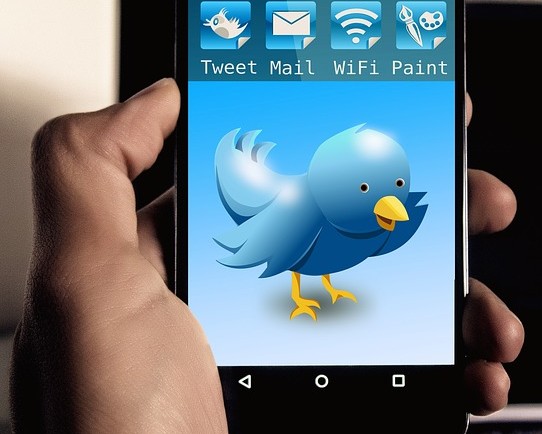
At this point, you’d be forgiven for imagining that Twitter’s sole claim to fame is Tesla CEO’s fixation on buying the company.
The Musk-Twitter saga has become a meta-story that overshadows the platform’s very real possibilities for business marketers. Even before it began, the marketing community was often quick to dismiss Twitter as obsolete, inadequate, low-potential.
But those who dismiss Twitter get ahead of themselves. Despite the so-called “bot problem,” Twitter has hundreds of millions of active users across the world, including the Asia-Pacific region. And its medium is particularly well-suited to short, punchy marketing messages.
Why Twitter Is Great for Business Marketing
So it’s time to give Twitter another look. Here’s why it deserves a place in your business marketing toolkit.
1. It’s a High-Visibility Piece of Your Digital Presence (Without Much Work)
Creating a Twitter presence is worth it even if you don’t do much with it.
Why? Because Twitter is a high-authority, high-traffic website that search engines like Google absolutely love. No matter how many followers you have, your Twitter profile is likely to be one of the first results people see when searching your firm’s name. And because you control your Twitter handle, that’s almost certain to be a good thing for your company’s reputation.
That’s certainly the case for Asiaciti Trust, a fiduciary services firm with a presence in multiple jurisdictions. Asiaciti Trust’s Twitter presence is active, engaging, and a positive for its image.
2. It Lets You Speak Directly to Your Audience
Twitter makes it easy to connect with high-value segments of the public — current and prospective customers, potential strategic partners, investors, employees, and on and on.
To see how this works in the real world, look at how Singapore-based DBS Bank uses Twitter. DBS clearly knows its audience — consumers and SMBs in Singapore — and relentlessly tailors its Twitter content accordingly. Followers know what they’re getting from DBS.
3. It’s Great for Thought Leadership
Twitter is a fantastic platform for businesses looking to cultivate thought leadership — that is, to position themselves as experts in their niche and stand out from less insightful competitors.
As we’ll see, it’s important to be seen as a thought leader without coming off as a know-it-all. Doing this effectively means using Twitter to share original content that’s self-evidently the product of thought leadership, rather than sharing mega-thread after mega-thread highlighting your audience’s ignorance.
4. It Helps You Cultivate a “Student” Audience (That Wants to Convert)
If you can effectively use Twitter to demonstrate thought leadership, you’ll attract followers who look up to you — who read your tweets because they want to learn something. That, in turn, sharpens your reputation as a thought leader and creates network effects that drive media coverage and widen the top of your sales funnel.
5. It Doubles as a Customer Service Platform
Have you ever tagged a brand’s Twitter handle in a complaint about their products or service? If so, did they respond and apologize for your experience?
Hopefully you won’t have to do too much customer service cleanup on Twitter. But it’s nice to know that the medium is built for it.
Twitter No-Nos: 3 Things to Avoid
Twitter isn’t all good. In fact, it’s a bit of a minefield for business and personal users, as anyone who has been on the wrong side of a digital pile-on can attest.
Here’s what not to do as you develop your Twitter marketing presence.
1. Get Into Arguments With Competitors (Or Random Users)
This might as well be the Golden Rule of Twitter. As a brand or its representative, there’s simply never a good reason to get into a public disagreement with anyone on Twitter — even your fiercest business competitor. It’s a bad look.
2. Post in Spurts
On Twitter, slow and steady really does win the race. Set a realistic engagement schedule that you can stick two, whether it’s two posts per week or 10 a day. Posting in spurts — hourly for two weeks, then nothing for a month — isn’t conducive to building a Twitter following.
3. Pretend You Have All the Answers
You can be a thought leader without being a know-it-all. Position yourself as an expert on the topics you’re actually an expert on; defer to the real experts on everything else.
Make Twitter Work for You
Twitter is an intimidating place for those not familiar with the platform. It takes some time to get used to its quirks.
It’s also one of the most underappreciated social media marketing tools for small and midsize businesses in the Asia-Pacific region. If it’s been some time since you’ve used Twitter in your own marketing efforts, or you’ve steered clear of the platform entirely up until now, give it a second look. You might be surprised by what you find.




